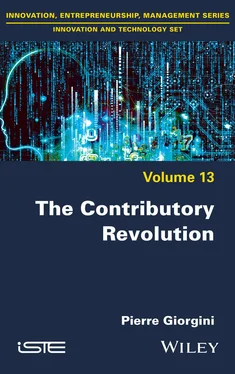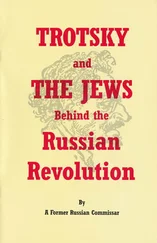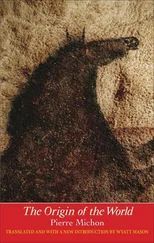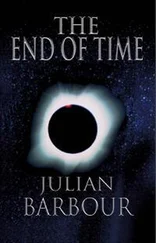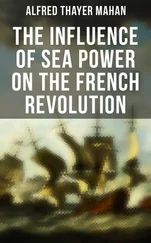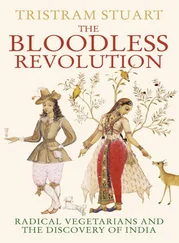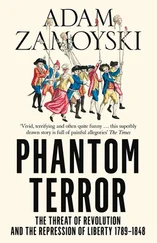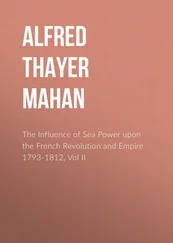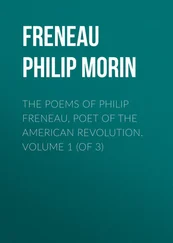It is no coincidence that this statement by Planck, one of history’s great physicists, in Florence in 1944, three years before his death, has been widely reported on the Internet. It has given rise to heated debates on social networks. Attempts to lay claim to it are legion. Many who do not have the scientific background to understand what Max Planck was talking about embark on vague theories about “God, or no God”. Believers, sometimes in a breathtaking esotericism of stupidity, use this phrase to say that “non-believers” are idiots. Or they refer to this sentence to try not to be taken as such if they believe in God or in the forces of the spirit, a famous phrase from François Mitterrand’s farewells. We know to what extent this attempt to cross the line between the physical and the metaphysical is a high-risk exercise. It unburies the hatchet between science and religions, even if metaphysics is a broader concept. It opens the way for the conscious self to take possession of spirituality, according to Erich Neumann (1954).
From a temporal point of view, another fundamental difference can be deduced from the above. Thus, the temporality of a machine is thought of as a succession of times “following” a “current” time, whereas for a living organism, the current time is entirely stretched towards the next time in the name of a contingent teleology which is conservation. The living world is endo-contributive, its contribution being entirely directed towards this contingent teleology.
From this point of view, there is a second, even more interesting, difference. A dog continuously exhibits the phenomenological reality of a dog in its environment. It is continuous as a dog, and it is the mathematization of its biological localities that will produce a discontinuity. For example, the equation of its morphogenesis and the mathematization of its cardiac functioning will segment it while its complex reality, including its relationship with the human living with it, will be fundamentally unified.
We have seen that in the mathematical–physical epistemological space, formal continuity creates real continuity. For the biological living being it is the opposite because the living object is substantiated by a continuous self-referencing of its behaviors.
The question that will be key to the development of non-programmable artificial intelligence – i.e. a “machine” place where the existence of the machine (experiential learning for deep learning machines) would take precedence over its essence – is: Is it capable of breaking the hermetic barrier between the inevitably exo-distributive machine and the inevitably endo-contributive living machine? We will return to this by asking the question: Can an endo-contributive machine be considered alive? This obviously brings the question back to that of the possibility of consciousness of a machine which immediately opens the debate on transhumanism. Are we on the eve of a new dawn of emancipation of the forces of conservation?
1 1 Homeostasis is the stabilizing ability of living organisms to perform dynamic adjustment functions according to the environment or the stresses it is subjected to (temperature, pressure, chemical composition, etc.).
2 2 By coding the possible proofs in a formal theory given by arithmetic numbers, Gödel shows that statements that we would intuitively consider true are neither provable nor refutable in this formal theory.
3 3 Max Planck’s famous speech given in Florence, Italy in 1944 entitled Das Wesen der Materie (“The Nature of Matter”). Retrieved from Archiv zur Geschichte der Max-Planck-Gesellschaft, Abt. Va, Rep. 11 Planck, Nr. 1797.
Конец ознакомительного фрагмента.
Текст предоставлен ООО «ЛитРес».
Прочитайте эту книгу целиком, купив полную легальную версию на ЛитРес.
Безопасно оплатить книгу можно банковской картой Visa, MasterCard, Maestro, со счета мобильного телефона, с платежного терминала, в салоне МТС или Связной, через PayPal, WebMoney, Яндекс.Деньги, QIWI Кошелек, бонусными картами или другим удобным Вам способом.
